PROTECT YOUR DNA WITH QUANTUM TECHNOLOGY
Orgo-Life the new way to the future Advertising by Adpathway#copd #copdmanagement #lungproblems If you are interested in licensing this animation or creating a new one, visit: https://nmal.nucleusmedicalmedia.com/contact-form?f=misc MEDICAL ANIMATION TRANSCRIPT: Chronic obstructive pulmonary disorder, or COPD, is a progressive non-infectious lung disorder that affects breathing. Normally, breathing occurs freely, allowing humans to inhale oxygen and exhale toxic carbon dioxide through a process called gas exchange. Breathing begins when the diaphragm contracts, expanding the chest, causing a change in pressure, allowing air to flow into the trachea, bronchi, bronchial tubes, and air sacs called alveoli, where gas exchange takes place. Normally, the airways and alveoli are flexible and elastic, expanding and contracting when air is inhaled and exhaled. Capillaries are small blood vessels that thread the walls of the alveoli, allowing for gas exchange via the capillary-alveoli interface. Smooth muscles control the size of the airway or bronchioles. A protective layer of mucus covers the smooth muscle in the tubes of the respiratory tree and traps contaminating particles from the air. COPD includes two main conditions - emphysema and chronic bronchitis. In emphysema, the airways and air sacs become more rigid and less elastic. The disease destroys the walls of some of the air sacs, leading to fewer, larger, formless sacs and a reduction in gas exchange capacity. Chronic bronchitis stimulates thickening and inflammation of the walls of the airway and is accompanied by the production of large amounts of mucus. The inflammation and mucus cause the cough associated with bronchitis. COPD patients experience difficulty breathing, wheezing, shortness of breath, chest tightness, and other symptoms. The leading causative factor of COPD is smoking. Other factors include long-term exposure to lung irritants, such as air pollution, chemical fumes, and dust. There is no cure for COPD and no treatment capable of reversing the damage to the airways and lungs. However, there are treatments available along with lifestyle changes that can manage and slow the disease while increasing the quality of life for the patient. Some common treatments are cessation of smoking; use of inhaled medicines, such as bronchodilators and anti-inflammatory medications; antibiotics for secondary bacterial infections; oxygen therapy for those with advanced COPD and severely low levels of oxygen in their blood; and surgery, such as bullectomy or lung volume reduction, to remove the damaged portion of the lungs. ANM11022


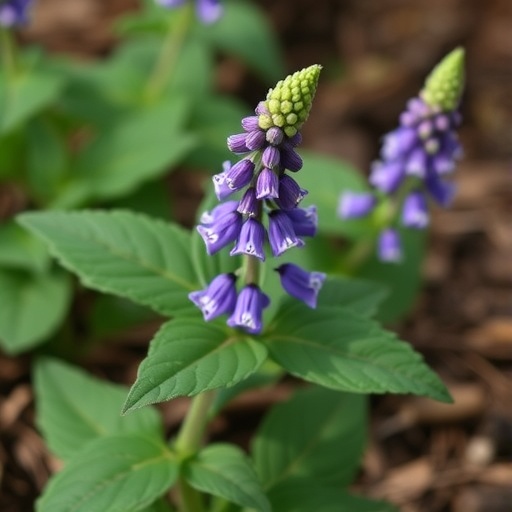
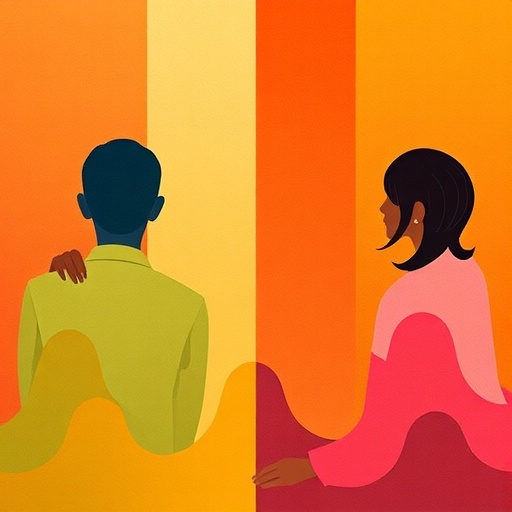
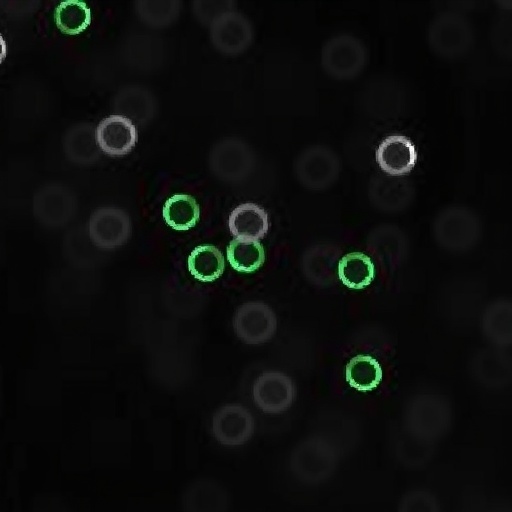
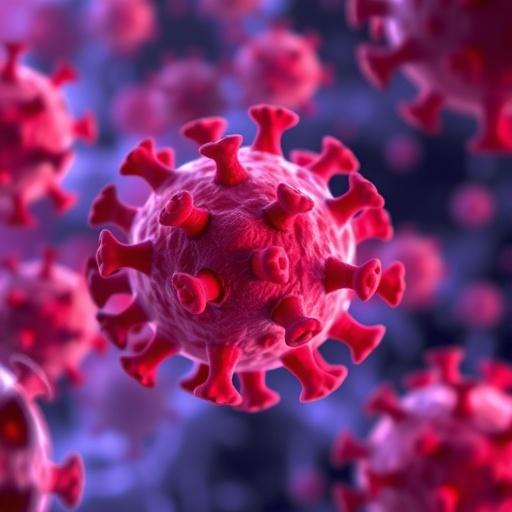
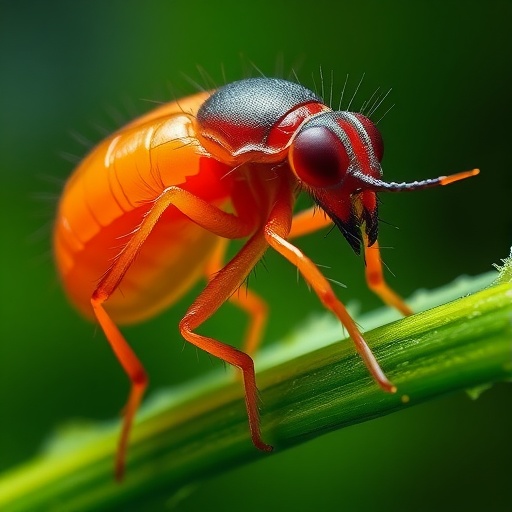














 English (US) ·
English (US) ·  French (CA) ·
French (CA) ·